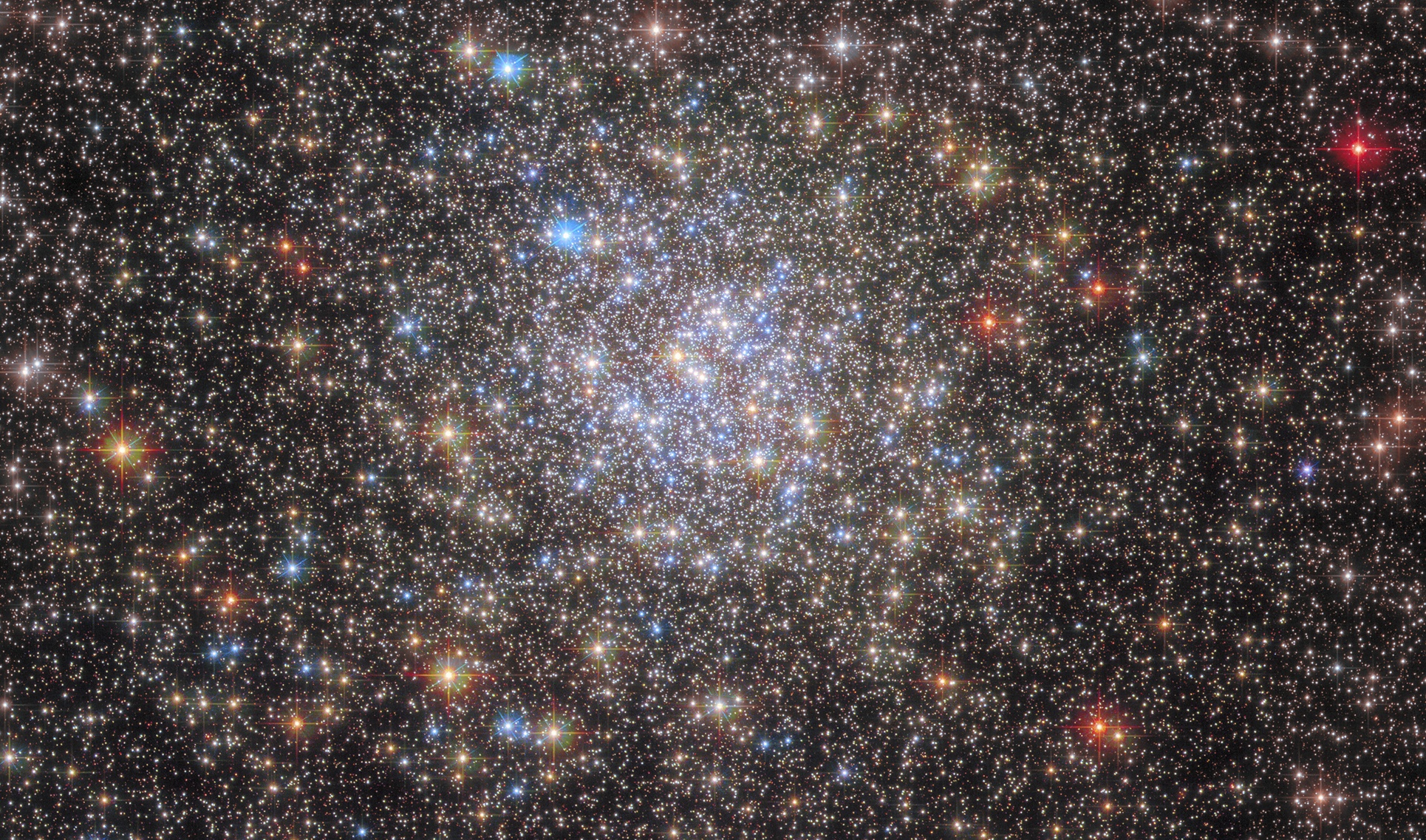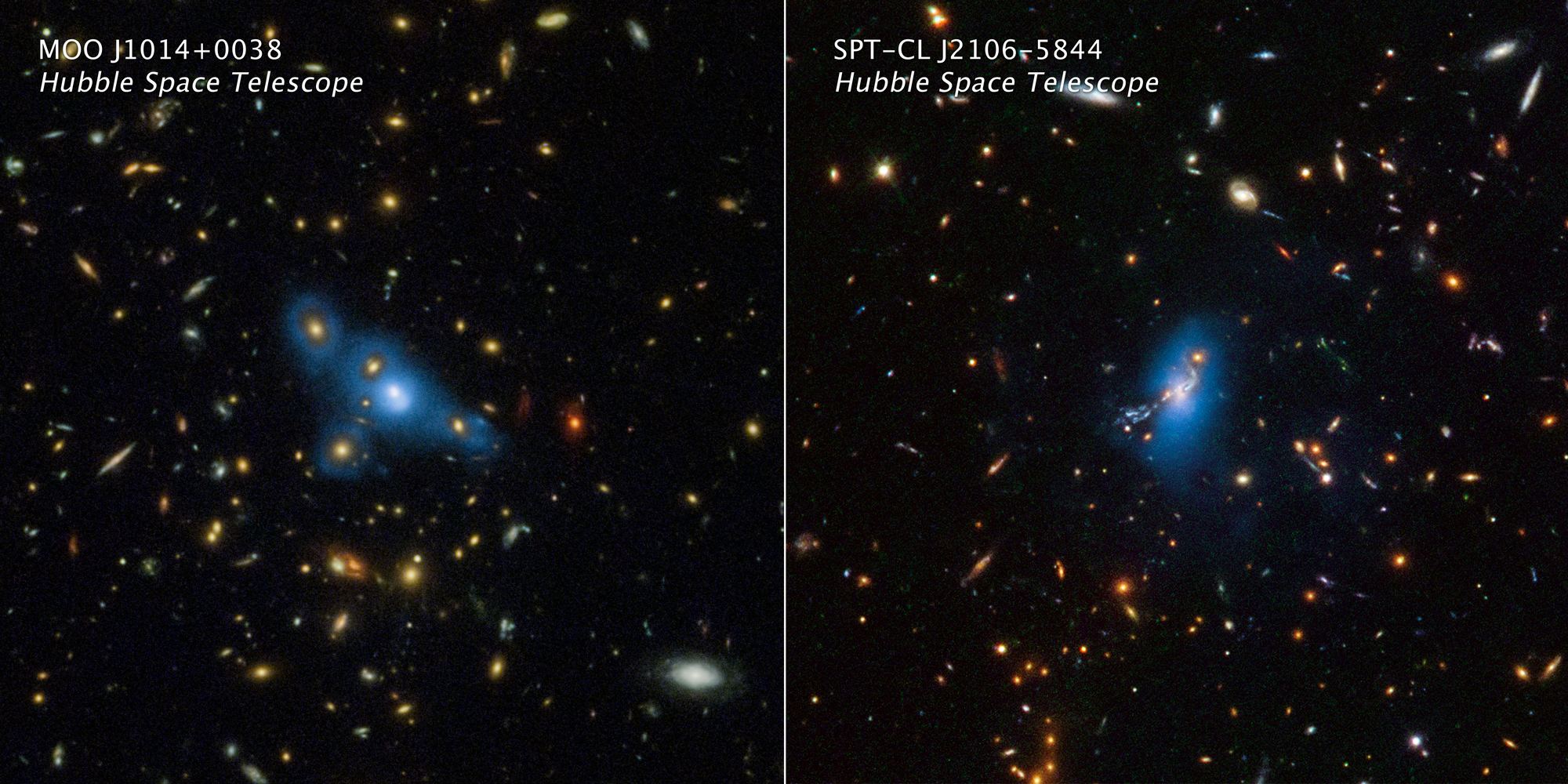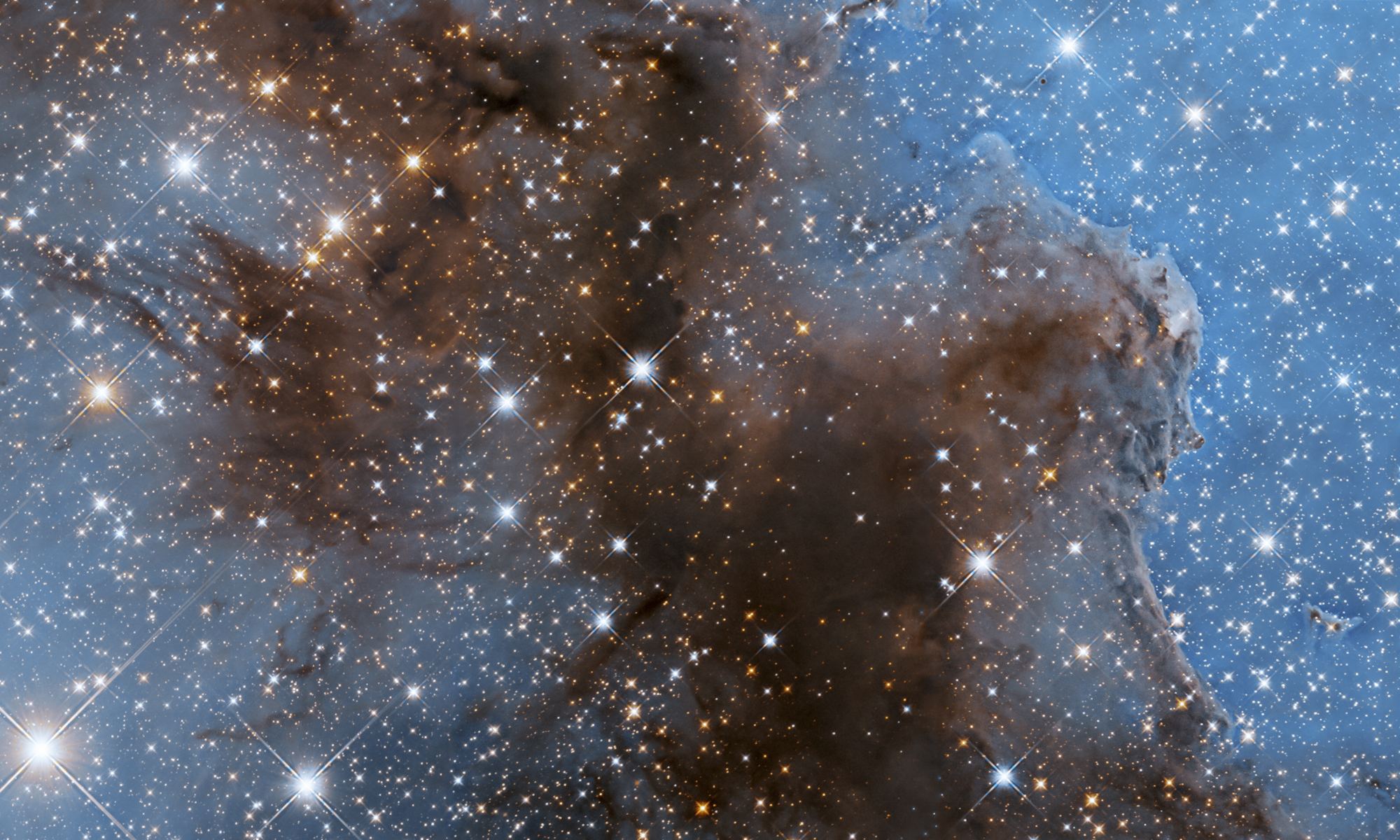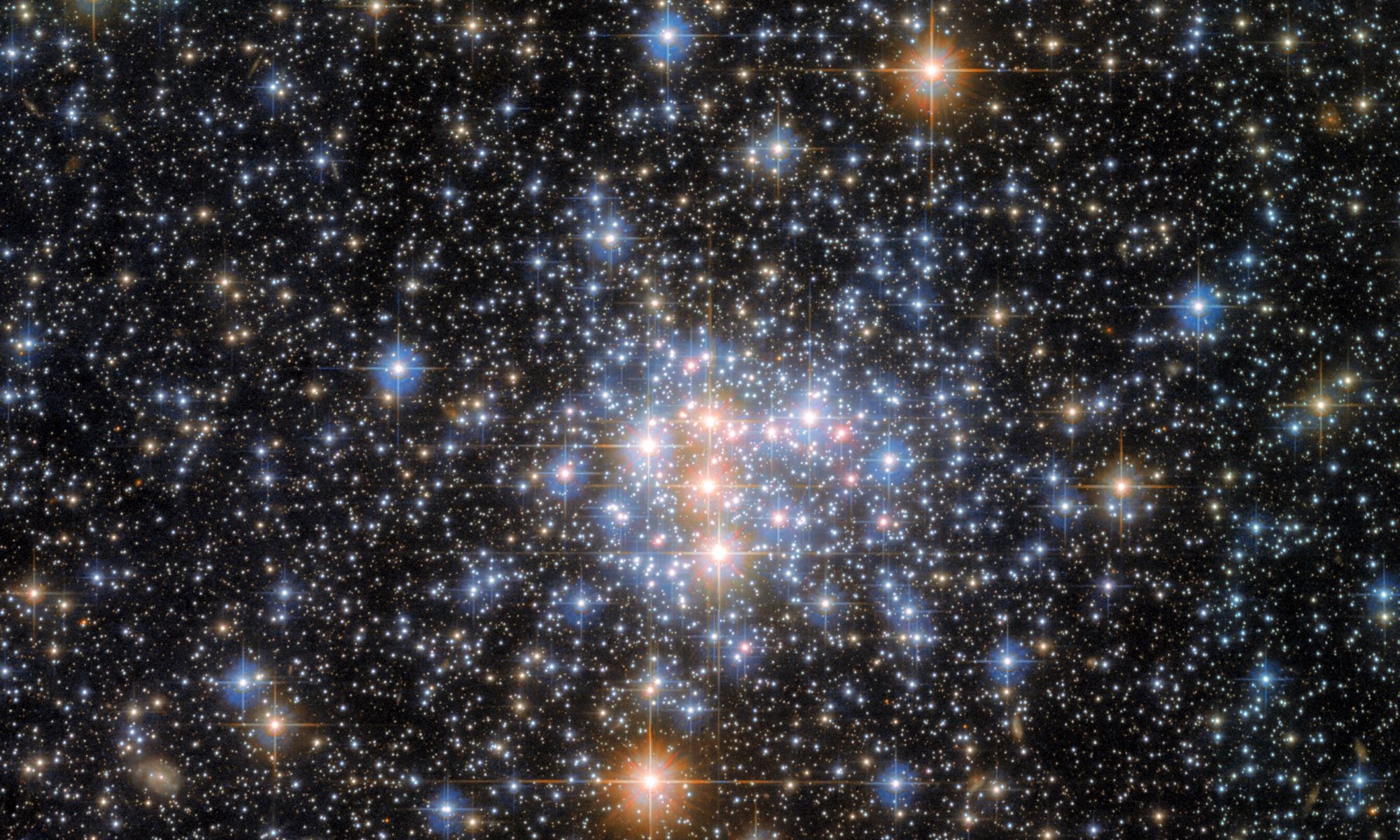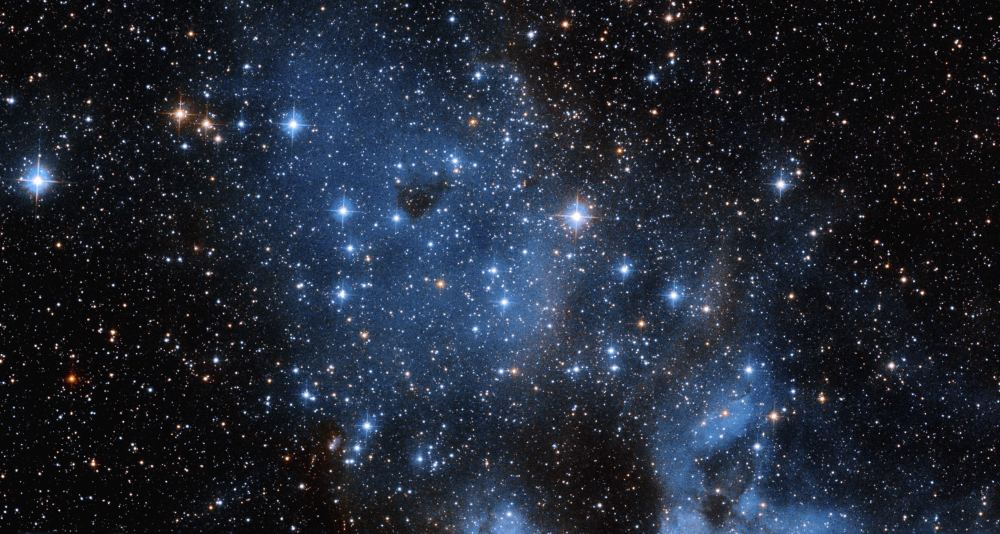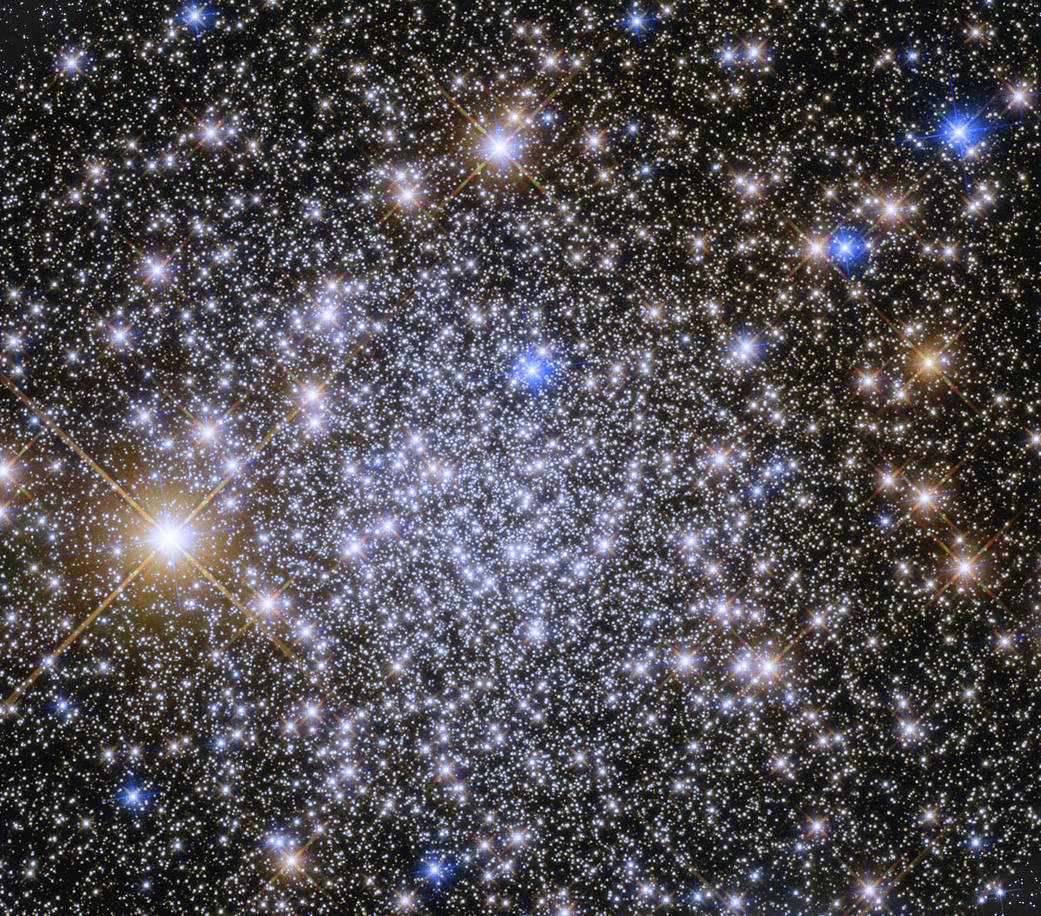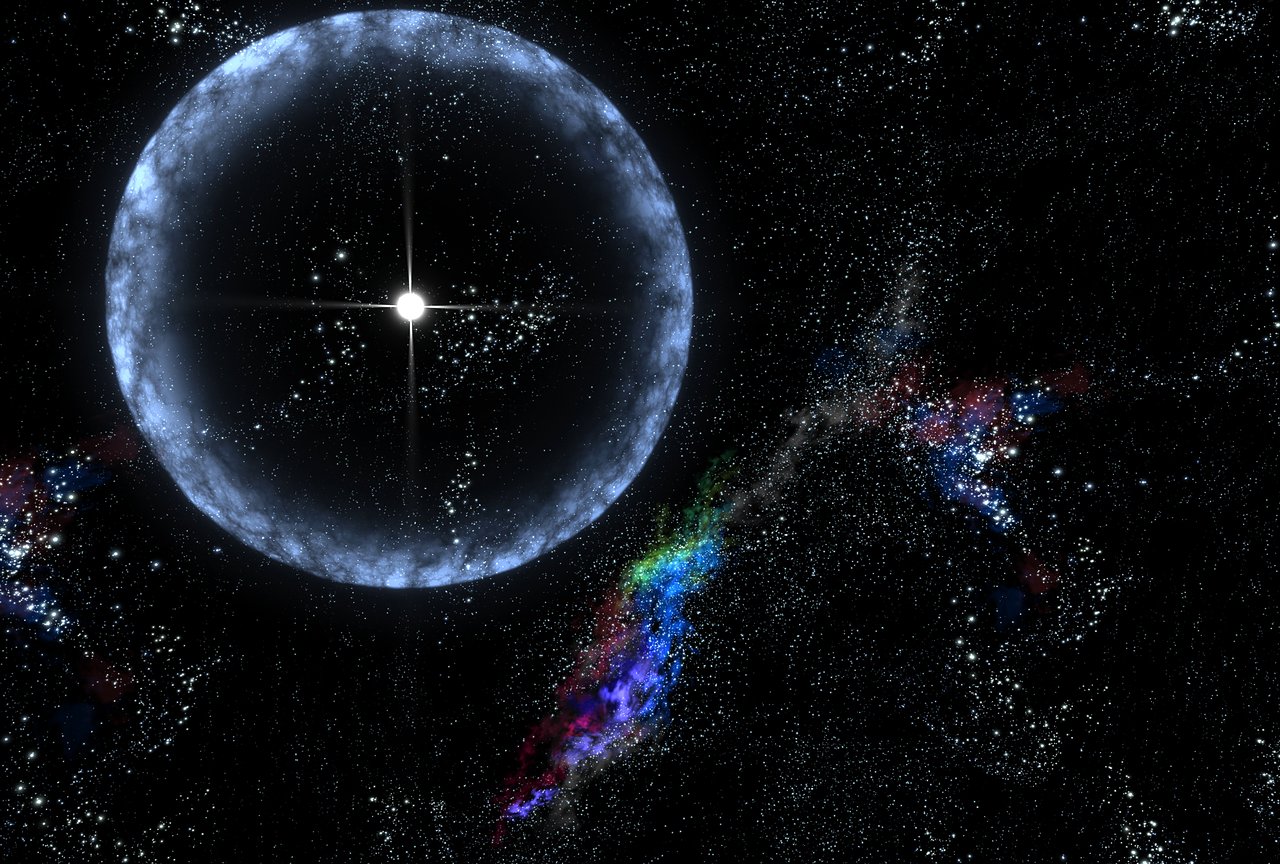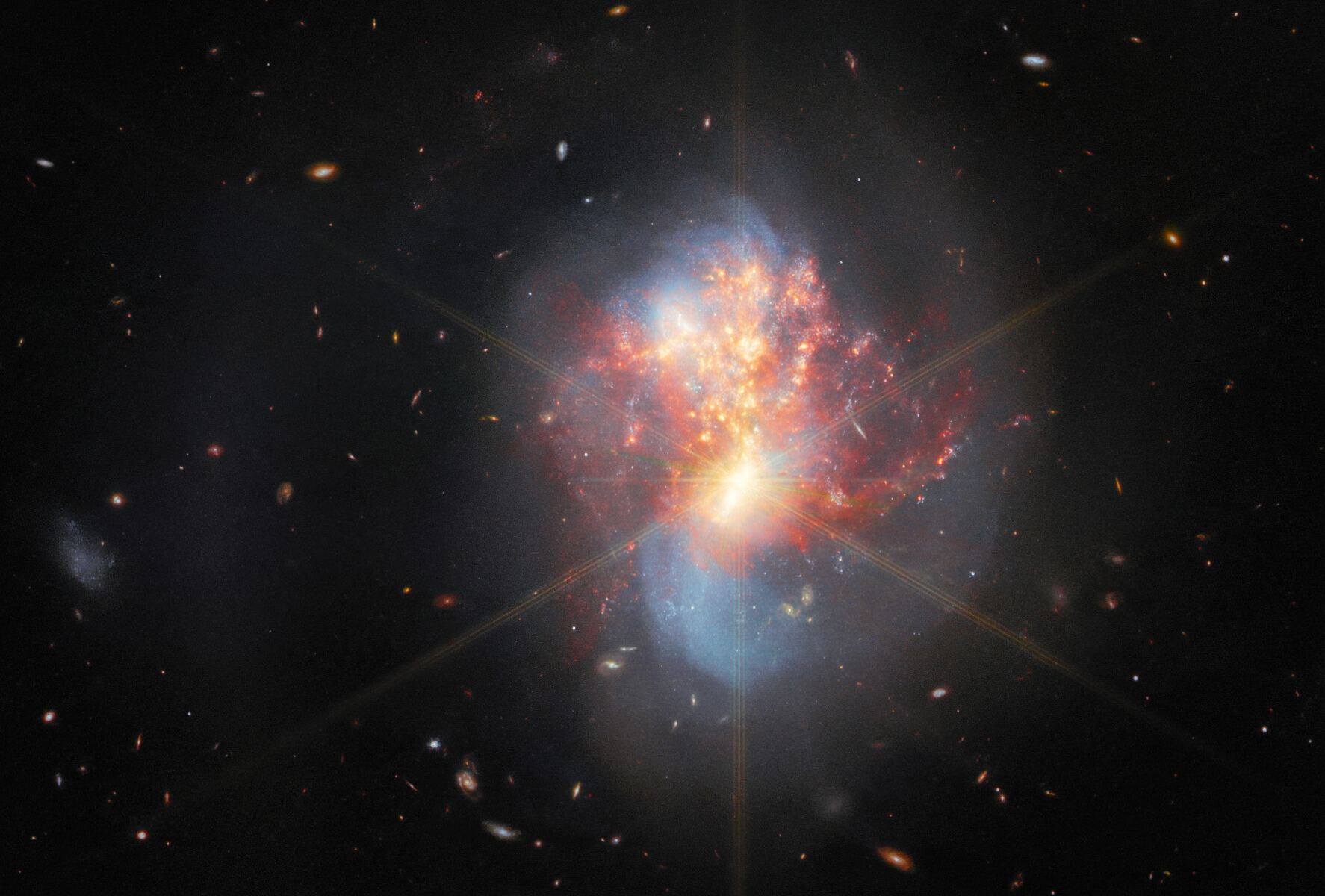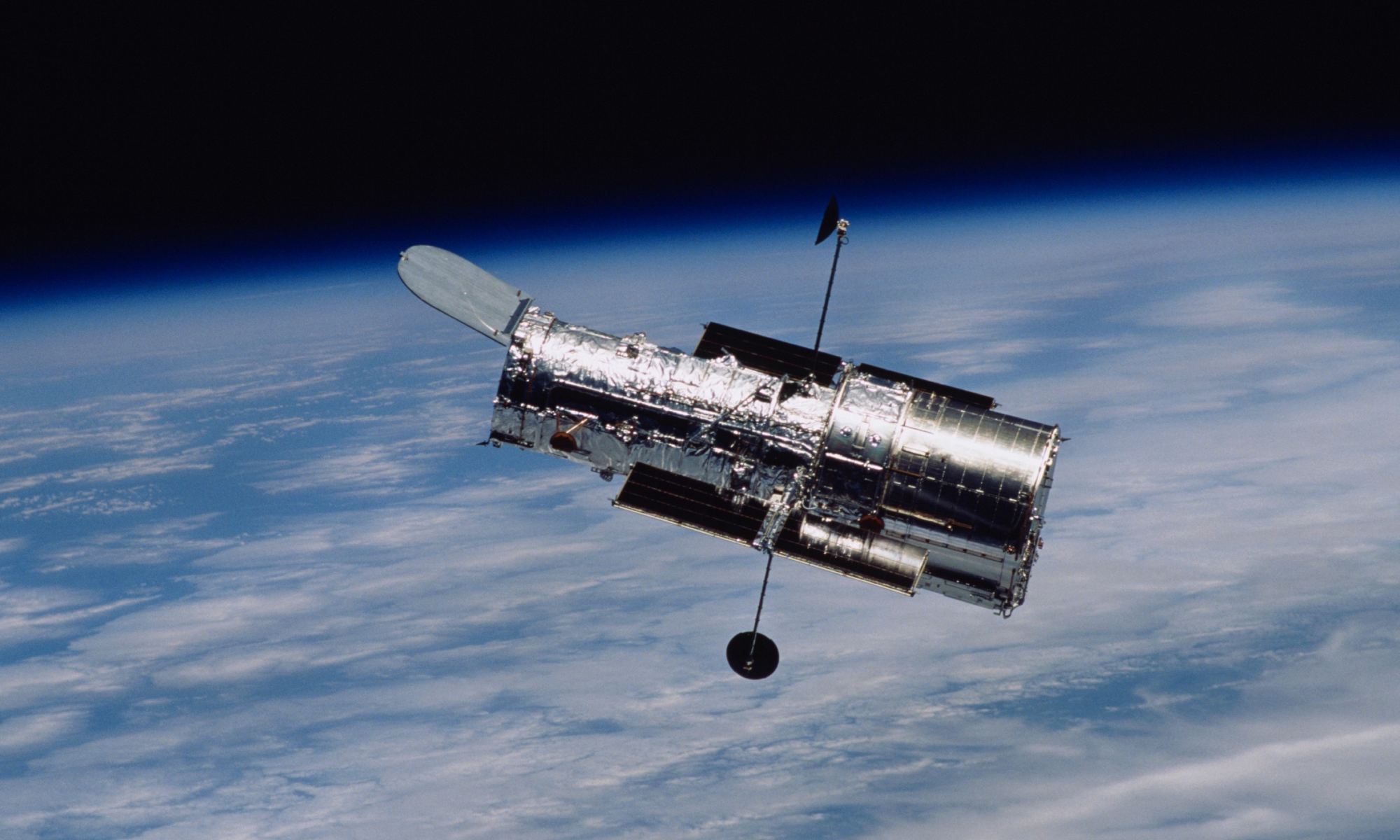In the giant galaxy clusters in the Universe, which can consist of hundreds or thousands of galaxies, there are countless “rogue” stars wandering between them. These stars are not gravitationally bound to any individual galaxy but to the halo of galaxy clusters themselves and are only discernible by the diffuse light they emit – “Ghost Light” or “Intracluster light” (ICL). For astronomers, the explanation for how these stars became so scattered throughout their galaxy clusters has always been an unresolved question.
There are several theories, including the possibility that the stars were pulled from their galaxies, ejected in the course of galactic mergers, or were part of their cluster since its early formation billions of years ago. Using NASA’s Hubble Space Telescope, a team from Yonsei University, Seoul, and the University of California, Davis, conducted an infrared survey of distant galaxy clusters. Their observations suggest that these wandering stars have been adrift for billions of years and were not stripped from their respective galaxies.
Continue reading “Wandering Stars Have Been Adrift Between Galaxies for Billions of Years”

